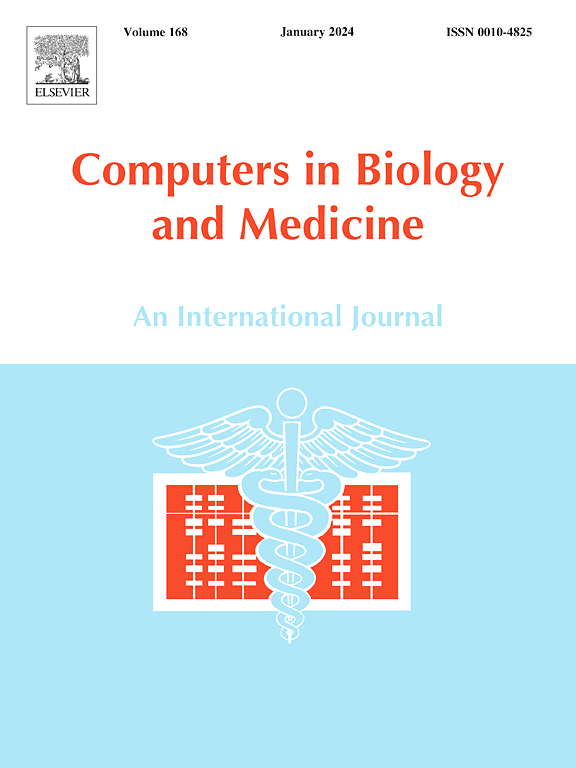Users’ positive attitudes, perceived usefulness, and intentions to use digital mental health interventions: A systematic literature review and meta-analysis
IF 7
2区 医学
Q1 BIOLOGY
引用次数: 0
Abstract
Background
Digital Mental Health Interventions (DMHIs) hold significant potential in addressing gaps in mental health treatment, enhancing mental health literacy, and mitigating associated stigma. However, DMHIs have not been systematically evaluated in terms of potential users’ attitudes, perceived usefulness, and intentions to use. Thus, this study aims to consolidate evidence to ascertain users' attitudes, perceived usefulness, and intentions to utilize DMHIs.
Methods
The meta-analysis reports adhere to the Preferred Reporting Items for Systematic Reviews and Meta-Analyses (PRISMA) guideline. A comprehensive search of databases: Medline, CINHAL, PsycINFO, SCOPUS, and Web of Science, was conducted. As part of the screening process, Covidence database management software was used. Metaprop command was used to calculate the outcome using a random-effects model. Heterogeneity was assessed using Cochrane chi-square (χ2) and the index of heterogeneity (I2 statistics) test. Sensitivity test and subgroup analysis were performed. Publication bias was examined by funnel plots and Egger's test.
Results
In total, 26 studies were analyzed, including data from 13,923 participants. The overall percentage of users' positive attitudes, perceived usefulness, and intentions to use DHMIs was 0.66 (95 % CI; 0.52, 0.79), 0.73 (95 % CI; 0.64, 0.81), and 0.67 (95 % CI; 0.6, 0.74), respectively. Significant heterogeneity was observed; nonetheless, sensitivity analyses indicated that none of the included individual studies exerted undue influence on the overall pooled prevalence. Assessment of funnel plots and Egger's test (p ≤ 0.895) showed no evidence of publication bias.
Conclusion
The results of this meta-analysis indicate that, overall, two-thirds of participants have a positive attitude toward DMHIs, around three-quarters find DMHIs useful, and around two-thirds intend to use them. The findings suggest the need to target users' positive attitudes, perceived utility, and willingness for the improved adoption and sustained use of DMHIs.
求助全文
约1分钟内获得全文
求助全文
来源期刊

Computers in biology and medicine
工程技术-工程:生物医学
CiteScore
11.70
自引率
10.40%
发文量
1086
审稿时长
74 days
期刊介绍:
Computers in Biology and Medicine is an international forum for sharing groundbreaking advancements in the use of computers in bioscience and medicine. This journal serves as a medium for communicating essential research, instruction, ideas, and information regarding the rapidly evolving field of computer applications in these domains. By encouraging the exchange of knowledge, we aim to facilitate progress and innovation in the utilization of computers in biology and medicine.
 求助内容:
求助内容: 应助结果提醒方式:
应助结果提醒方式:


